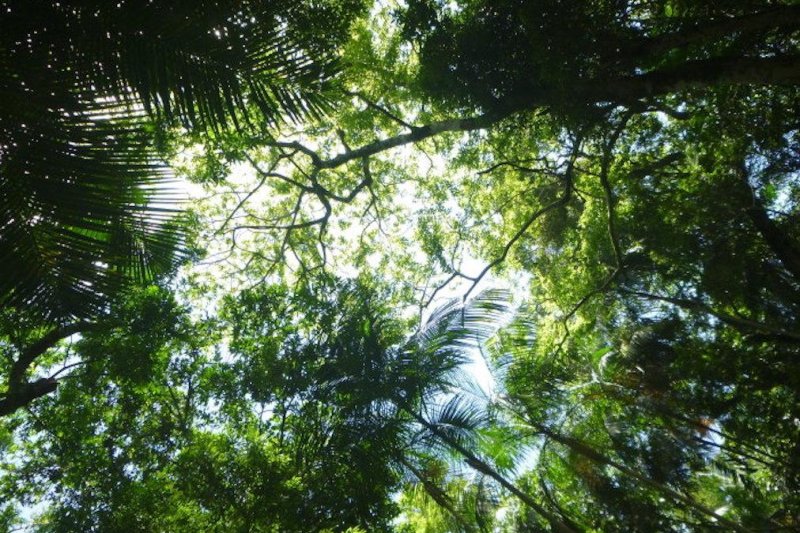Researchers used a computer model to identify more cost effective conservation and restoration strategies for Brazil's Atlantic Forest. Photo by Imperial College London
Dec. 18 (UPI) -- A new restoration plan for Brazil's Atlantic Forest could save three times as many species for significantly less money than previous conservation plans.
In coordination with the Brazilian Ministry of the Environment, researchers in Brazil and Britain designed a new computer model to identify the most effective and cost efficient forest restoration strategies.
If adopted, simulations suggest the restoration plan would save 745 plant and animal species from extinction, while pulling 1 billion tons of CO2 from the atmosphere over the next two decades. Additionally, the new plan, published this week in the journal Nature Ecology and Evolution, would reduce conservation costs by 57 percent.
"These restoration targets, if achieved, will bring multiple benefits for people and nature," lead researcher Bernardo Strassburg, scientist at the International Institute for Sustainability and the Pontifical Catholic University of Rio de Janeiro, said in a news release. "We show that science can help guide decisions about where to restore, multiplying benefits and saving billions of dollars in costs."
Today, only 7 to 11 percent of the Atlantic Forest's original footprint remains intact. Despite the tremendous losses, Brazil's coastal forest remains one of the most biodiverse ecosystems in the world. To ensure the ecosystem remains stable and capable of sustaining its tremendous biodiversity, scientists think the forest must be restored to 30 percent of its original footprint.
The new model looked at the most efficient, cost-effective way to increase the forest's footprint. Simulations considered where restoration would achieve the greatest biodiversity gains and boost climate change mitigation, while having the smallest impact on the most valuable farming land.
Researchers think their methods could be used to develop more effective and cost-efficient restoration plans for environmentally valuable but vulnerable ecosystems around the world.
"People recognize the benefits of forest restoration for their wellbeing and for nature, and there are extraordinary efforts to restore forest happening around the world," said Morena Mills, an environmental scientist at Imperial College London. "Our study provides guidance on how multiple interests, in nature and agriculture, can be reconciled when developing forest restoration plans."















